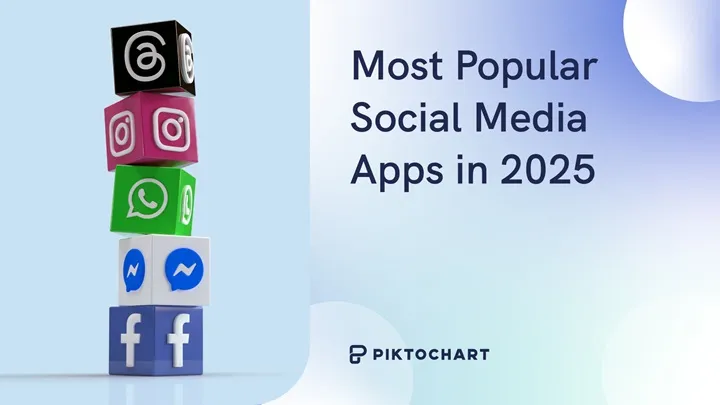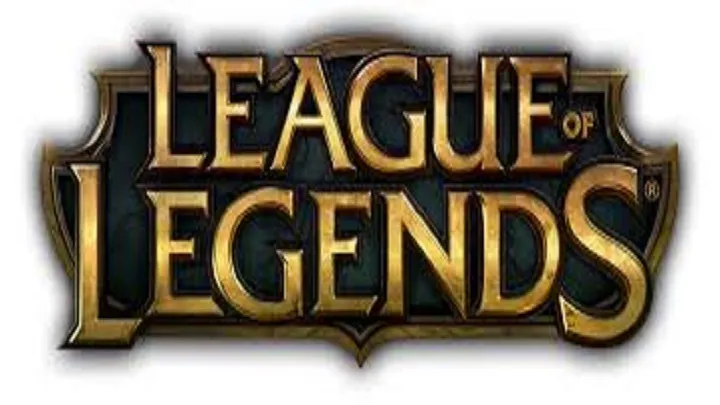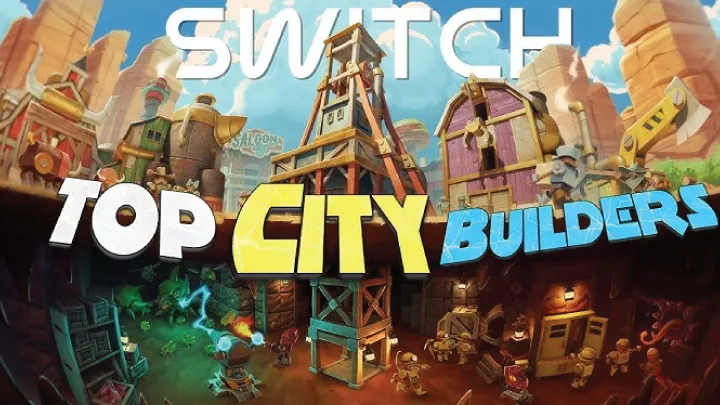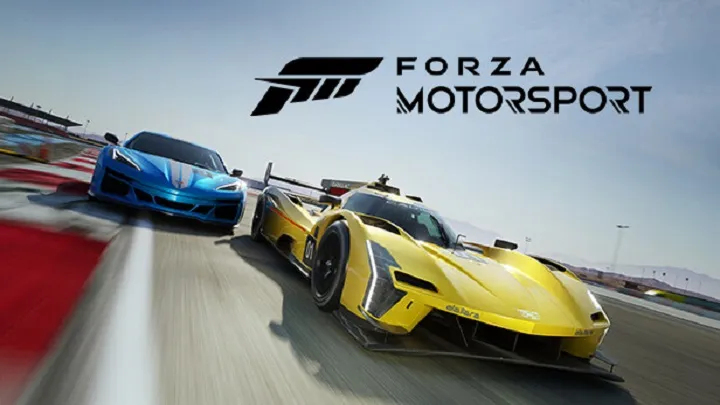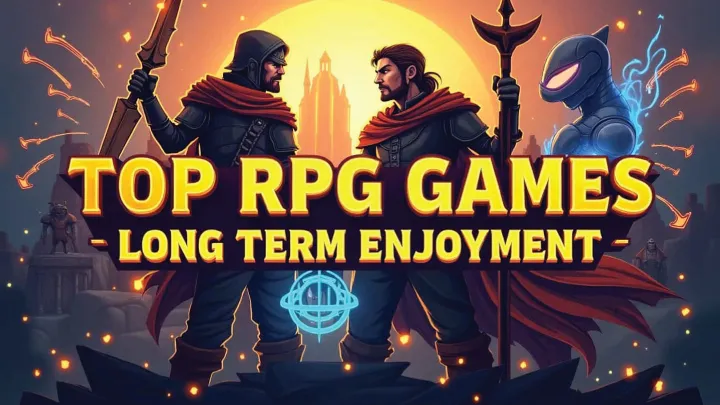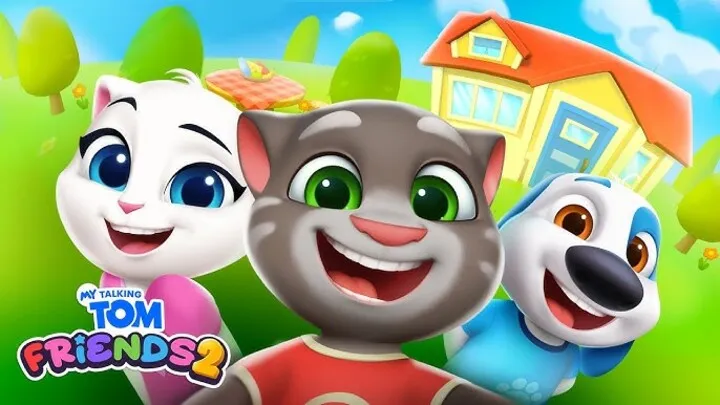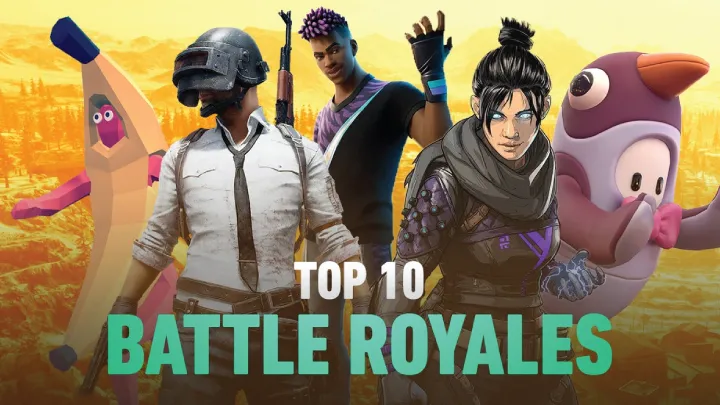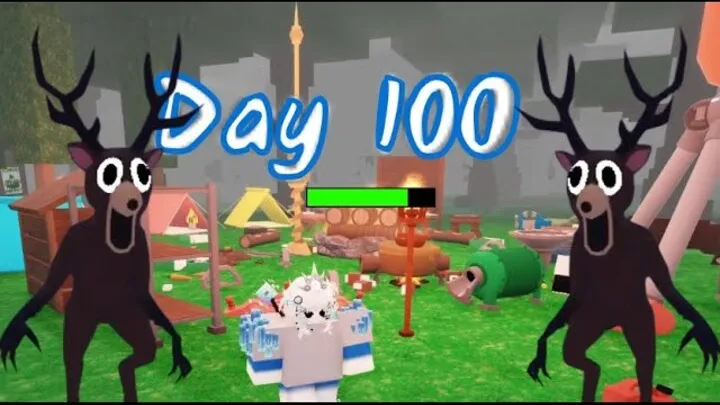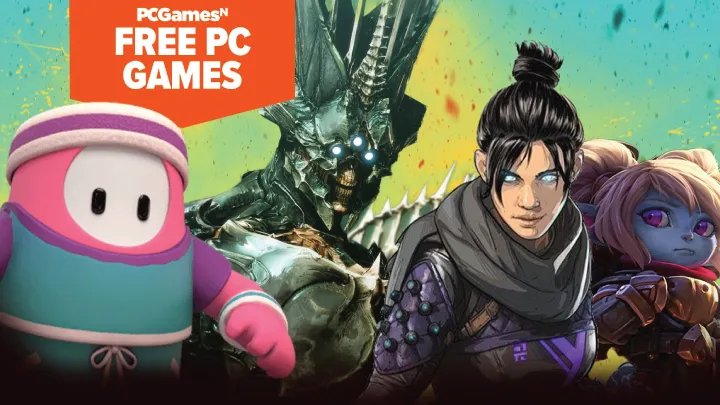Introduction
League of Legends, developed by Riot Games, is more than just a multiplayer online battle arena (MOBA). It is a cultural phenomenon, a competitive ecosystem, and for many, a daily ritual. Yet, alongside its success, the game has carried a persistent burden: toxic player behavior. From verbal abuse in chat to intentional feeding and griefing, toxicity has shaped the identity of League of Legends almost as much as its champions and lore.
This article dives deep into the issue of toxicity in League of Legends, following how it evolves through a player’s journey, the psychological impact it carries, Riot’s responses, and the wider implications for online gaming.
The First Encounters with Toxicity
For most new players, the earliest days in Summoner’s Rift are exciting and overwhelming. The game is complex, filled with champions, abilities, and mechanics that take months to learn. Unfortunately, this learning phase often coincides with the first exposure to toxicity.
A new player missing skill shots or failing to ward may quickly find themselves the target of insults in chat. Instead of encouragement, they are blamed for losses. This initial experience often determines whether a player continues or walks away from the game. For many, the shock of early toxicity becomes a lasting memory.
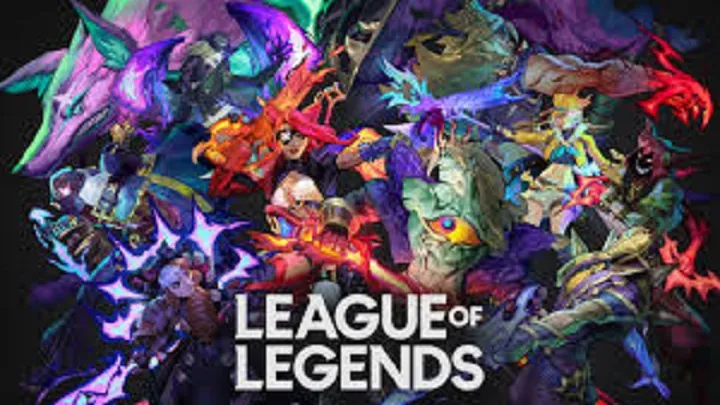
The Growth of Frustration in Ranked Play
As players progress to ranked matches, the stakes feel higher. Every mistake affects League Points, climbing divisions, and personal pride. This competitive pressure fuels frustration, which often erupts as toxic outbursts.
The ranked environment amplifies toxicity because players internalize wins and losses as reflections of their skill. When teammates underperform, it becomes easy to deflect blame outward. Ranked queues, meant to be aspirational, often transform into breeding grounds for anger.
The Normalization of Negative Behavior
Over time, many players become desensitized to toxicity. Insults and flaming become background noise, something to mute rather than confront. In some cases, players even adopt toxic habits themselves, rationalizing them as “just part of the game.”
This normalization is dangerous. It allows negative behavior to persist unchallenged and shapes the community’s culture. What might shock a newcomer eventually feels routine, creating a cycle where toxicity sustains itself across generations of players.
The Psychological Toll on Players
Toxicity is not just unpleasant — it has measurable psychological effects. Being flamed repeatedly erodes confidence, increases stress, and can even create anxiety before queuing.
For competitive players, mental fatigue from dealing with toxic teammates often matters as much as mechanical skill. Studies on gaming psychology show that constant exposure to negative communication reduces overall enjoyment and increases burnout. League of Legends, with its high-stakes teamwork, makes players particularly vulnerable to these effects.
Riot Games’ First Responses
Riot has long acknowledged toxicity as one of League’s central problems. Early efforts included basic reporting systems and chat restrictions. While these steps helped, they often felt reactive rather than preventative.
Over the years, Riot introduced the Tribunal, honor systems, and automated punishments. Each initiative aimed to reduce toxic behavior while rewarding positive play. Yet no solution fully eradicated the issue. Many players felt punishments were inconsistent, while others believed toxic individuals simply made new accounts.
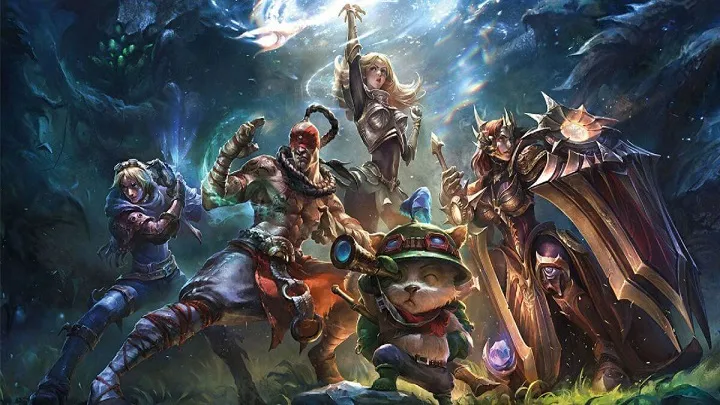
The Introduction of Reform Systems
In recent years, Riot shifted its focus toward reform rather than punishment. The Honor system was revamped to encourage sportsmanship. Post-game reports now come with instant feedback when a punished player is confirmed.
These changes improved accountability, but challenges remain. Many players argue that the reporting system does not catch subtler forms of toxicity like passive-aggressive pings or intentional poor play. Reform systems improved surface behavior but failed to address underlying frustrations driving toxic attitudes.
Community Adaptations to Toxicity
The League of Legends community has developed its own coping mechanisms. Players often recommend muting teammates at the first sign of negativity. Streamers popularize “mute all” strategies to focus solely on gameplay.
Other community efforts include third-party initiatives promoting mental health, guides for handling toxic situations, and content creators advocating for positive environments. While these adaptations help individuals, they also highlight a troubling truth: players often feel they must self-manage toxicity rather than rely on Riot’s systems.
The Role of Esports in Shaping Culture
League of Legends esports has both mitigated and exacerbated toxicity. On one hand, professional players serve as role models, showcasing teamwork, discipline, and respect on stage. On the other, controversies involving pros — from toxic solo queue behavior to public disputes — reinforce negative habits among fans.
Esports broadcasts emphasize positivity and sportsmanship, but the gap between professional ideals and everyday player experiences remains wide. This tension reflects the ongoing difficulty of changing deep-rooted community culture.
Long-Term Retention and the Impact of Toxicity
Toxicity is a major factor in long-term retention. Many players cite negative community experiences as a reason for quitting the game, despite enjoying the mechanics.
For Riot, this creates a paradox. League thrives on competition, but the competitive environment fuels the very behavior that drives players away. Retaining casual players while maintaining a competitive spirit remains one of the company’s greatest challenges.
Lessons for Online Gaming Beyond League
The struggle with toxicity in League of Legends offers lessons for the entire gaming industry. It highlights the limits of punishment-based systems, the importance of fostering community-driven culture, and the need for developers to design mechanics that minimize frustration triggers.
Future online games may learn from League’s trials, emphasizing preventative design and communication tools that reduce opportunities for abuse. League of Legends, despite its ongoing issues, has laid groundwork for how developers and communities might collaborate to build healthier online spaces.
Conclusion
The issue of toxicity in League of Legends is not just a side note — it is central to the game’s identity. It shapes first impressions, affects ranked experiences, divides the community, and influences esports culture. Riot’s efforts have made progress, but no perfect solution exists.
For some, toxicity is an unavoidable byproduct of competitive gaming. For others, it is the greatest barrier to enjoying one of the most iconic games of the past decade. What remains clear is that the fight against toxicity is as ongoing and complex as the battles on Summoner’s Rift itself.








